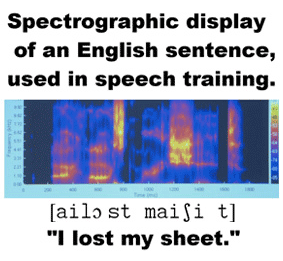Speech tip: [v] vs. [w]
If English is not your mother tongue, you may need to make a clearer difference between the /v/ sound (as in vent) and the /w/ sound (as in went.) These two sounds have some similarities. Both of these sounds involve the front part of the mouth. Both sounds are voiced. The vocal cords vibrate while you say each sound.
Now, let’s look at some of the differences. The /v/ sound is a fricative. The lower lip lightly touches the upper teeth. The contact is not quite complete. When you say the /v/ sound, the air leaks through the narrow opening between the lower lip and the upper teeth. You should feel and hear a buzzing friction as the air passes through.
The /w/ sound is a semi-vowel. The lips protrude, forming a round opening. The opening is not too small. When you say the /w/ sound, the air passes freely through this opening. You should not feel or hear any friction, as the air passes through the opening. You should not hear any air blowing.
Avoid making a very common mistake for either of these sounds. Don’t bring the two lips close together. Don’t make a narrow leak between the two lips. This lip position is not correct for /v or /w/.
To improve your pronunciation of /v/, /w/, and other sounds in English, consider a Confident Speech accent training program. Explore our web site to learn more about our range of offerings. Or contact us
